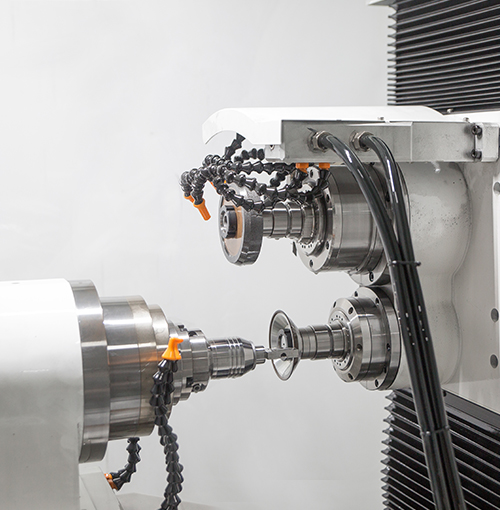Industry knowledge
What are the types of drill cutters available in the market?
There are several types of drill cutters available in the market, and they can be broadly classified into two categories: twist drill bits and hole saws.
Twist drill bits are the most commonly used drill cutters and are designed to drill holes in materials such as metal, wood, and plastic. These drill bits have a cylindrical shape and are characterized by their helical flutes that help to remove material as they drill through the workpiece.
Hole saws, on the other hand, are specialized drill cutters used to create large holes in materials such as wood, plastic, and metal. They consist of a cylindrical blade with teeth on the edge, which cuts through the material in a circular motion.
What factors should I consider when choosing a drill cutter?
When choosing a drill cutter, there are several factors that you should consider to ensure that you select the most appropriate tool for the job. Some of these factors include:
Material to be drilled/cut: Different drill cutters are designed for use on specific materials. Therefore, it is important to consider the type of material you will be drilling/cutting to ensure that you choose a drill cutter that is suitable for the job.
Size of the hole to be drilled/cut: The size of the hole required will also influence the choice of drill cutter. For instance, if you need to create a large hole, a hole saw would be a better option than a twist drill bit.
Speed of the drill: The speed of the drill is also an important consideration as it can affect the efficiency and effectiveness of the drill cutter. Different drill cutters are designed to operate at different speeds, and it is important to choose a drill cutter that is compatible with the speed of the drill.
Cutting depth: The cutting depth is the distance that the drill cutter can cut into the material. It is important to choose a drill cutter that has a cutting depth that is suitable for the job.
Shank type: The shank is the part of the drill cutter that is held in the drill chuck. There are several types of shanks available, including straight shank, hex shank, and SDS shank. It is important to choose a drill cutter with a shank that is compatible with your drill chuck.
How can I ensure that my drill cutter lasts longer?
To ensure that your drill cutter lasts longer, you should take proper care of it. Some tips for taking care of your drill cutter include:
Keep the drill cutter clean and dry: After using the drill cutter, it is important to clean it and dry it thoroughly to prevent rust and corrosion.
Store the drill cutter properly: Store the drill cutter in a dry place where it will not be exposed to moisture or extreme temperatures.
Use the drill cutter correctly: Use the drill cutter for its intended purpose and do not force it beyond its capabilities.
Use the right speed: Using the right speed for the drill cutter will help to prevent overheating and extend its lifespan.
Sharpen the drill cutter regularly: Regular sharpening of the drill cutter will help to maintain its sharpness and extend its lifespan.
